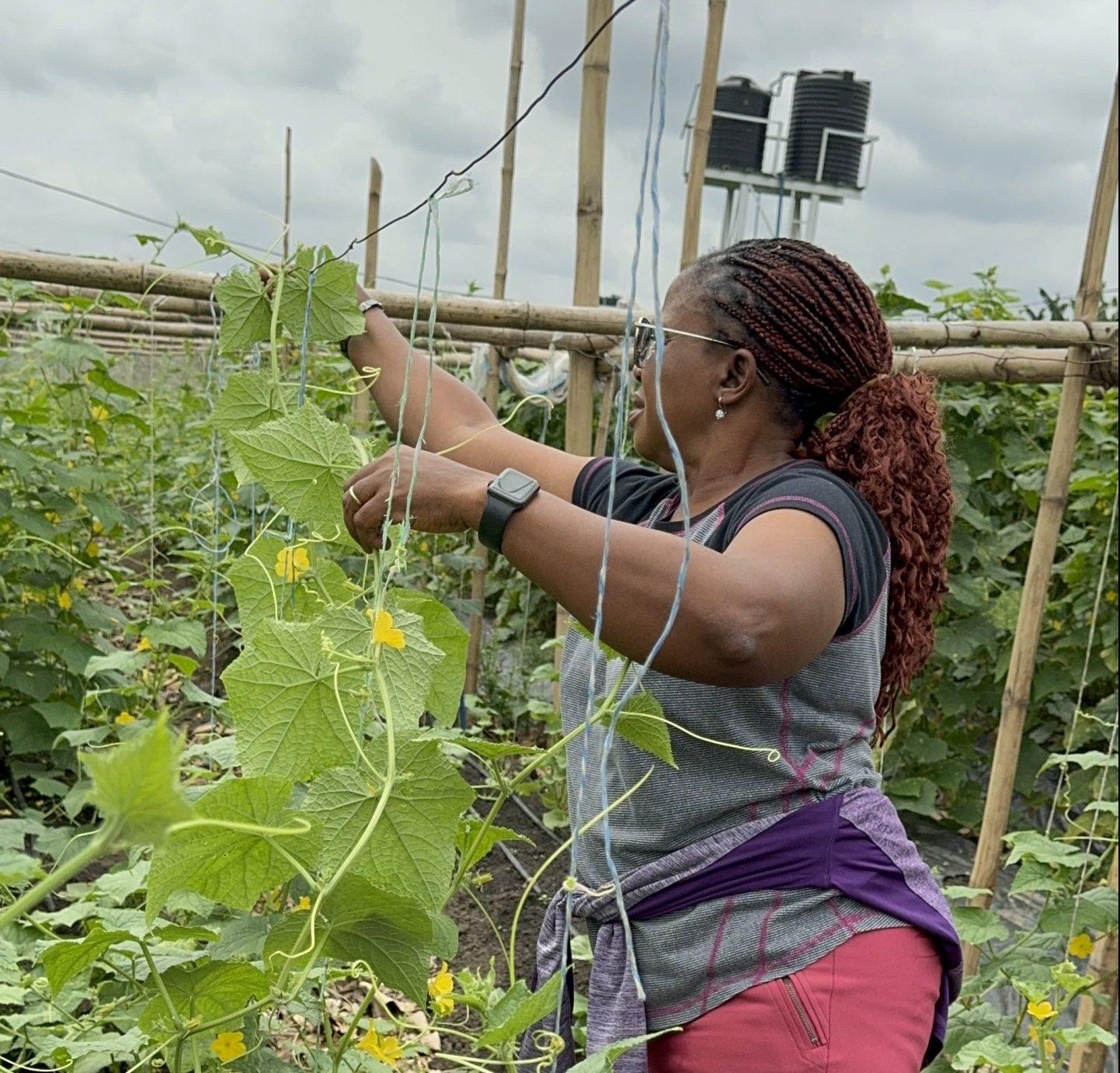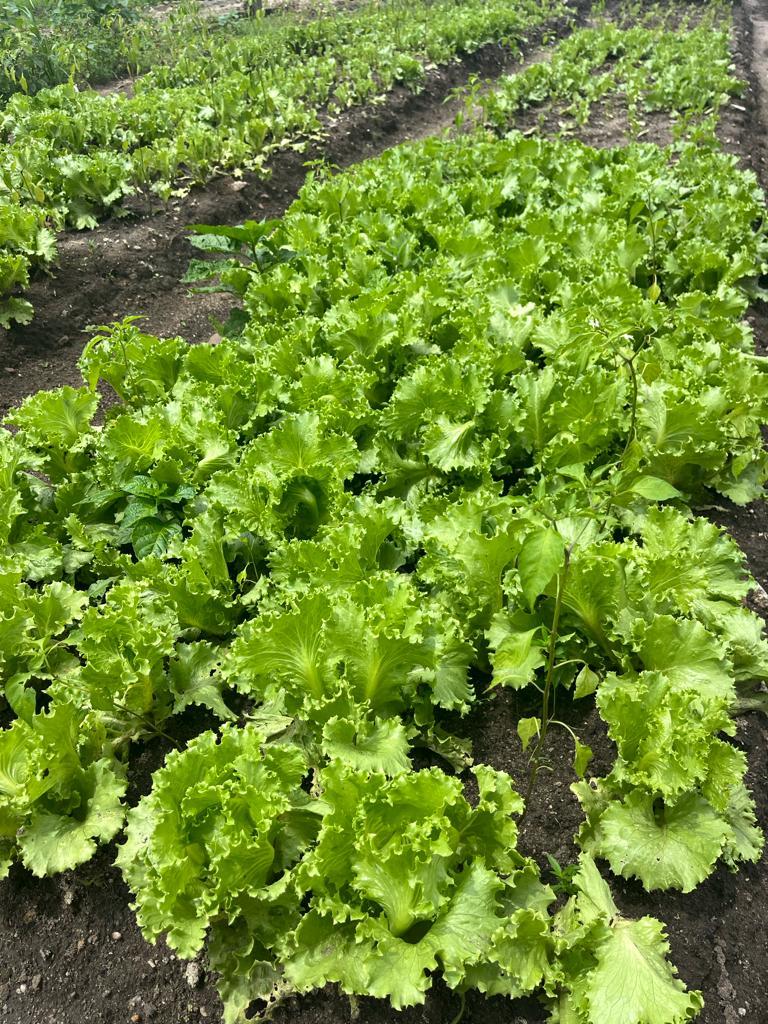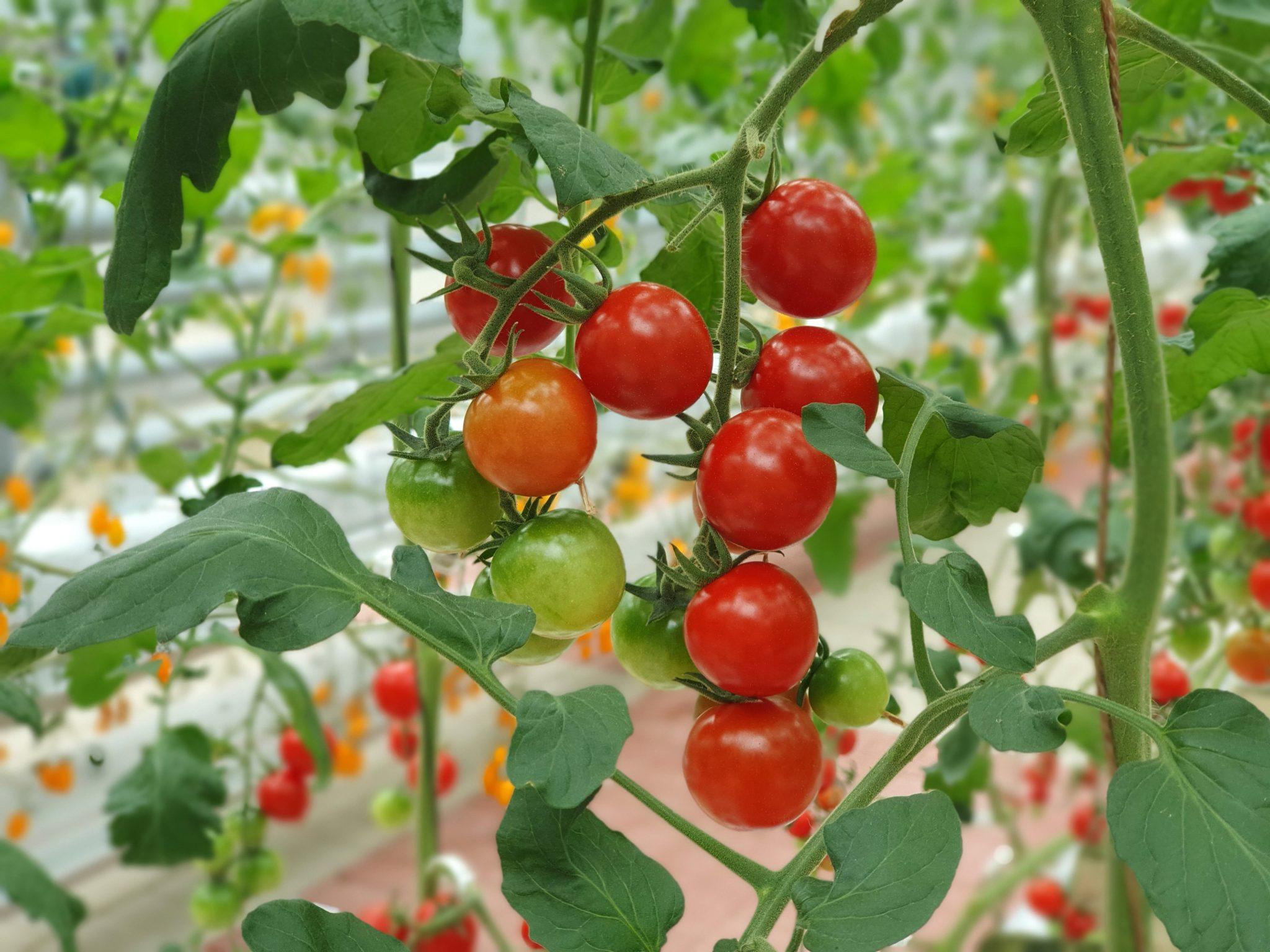Agriculture: A Catalyst For Community Development.
Community development is a broad process that involves improving the well-being of a community in various aspects, including economic, social, and environmental dimensions. Agriculture, with its deep-rooted connection to the livelihoods of communities, can play a pivotal role in fostering sustainable development. In this article, we will explore three ways in which agriculture acts as a catalyst for community development.

THREE WAYS AGRICULTURE CAN CATALYZE COMMUNITY DEVELOPMENT.
1. Economic Empowerment through Agribusiness: Agriculture is a primary source of livelihood for a significant portion of the global population, especially in developing countries. By promoting agribusiness initiatives, communities can harness the economic potential of agriculture and create sustainable income streams. This involves not only cultivating crops but also adding value to agricultural products through processing, packaging, and marketing.

Establishing cooperatives and farmer groups can enhance the bargaining power of small-scale farmers, enabling them to negotiate better prices for their produce. Additionally, investing in agricultural training and modern farming techniques equips community members with the skills needed to increase productivity and efficiency. As these agribusiness ventures flourish, they contribute to job creation, income generation, and overall economic growth within the community.
2. Food Security and Improved Nutrition: Agriculture is the cornerstone of food production, and ensuring food security is fundamental to community development. By adopting sustainable agricultural practices and diversifying crops, communities can enhance their resilience to external shocks such as climate change or market fluctuations. Crop rotation, agroforestry, and water conservation techniques contribute to long-term soil fertility and ecosystem health, ensuring the viability of agricultural activities for future generations.

Moreover, communities can address malnutrition and improve overall health by promoting the cultivation of diverse and nutritious crops. Educational programs on balanced diets and proper nutrition, combined with community gardens, can empower individuals to make informed food choices, reducing the prevalence of malnutrition-related health issues.

3. Environmental Sustainability and Resilience: Agriculture is intricately connected to the environment, and sustainable farming practices contribute to the resilience of communities in the face of environmental challenges. Implementing agroecological approaches, such as organic farming, agroforestry, and integrated pest management, not only preserves the health of the ecosystem but also enhances the long-term productivity of the land.
By adopting sustainable land-use practices, communities can mitigate the impact of climate change, prevent soil degradation, and conserve water resources. Sustainable agriculture not only ensures the longevity of farming activities but also promotes biodiversity, creating a more resilient and ecologically balanced community.
Finally, agriculture serves as a powerful catalyst for community development by fostering economic empowerment, ensuring food security, and promoting environmental sustainability. As communities invest in agribusiness, nutrition, and sustainable farming practices, they lay the foundation for a resilient and prosperous future. By recognizing the integral role of agriculture in community development, stakeholders can work collaboratively to create positive and lasting impacts on the well-being of individuals and the collective strength of communities.

At LONEFA Farms, we strongly believe in sustainable community development and that’s why we’re developing projects that support this cause. We remain open to strategic partnerships and collaborations as we believe that together we achieve more.
Know more ways that agriculture can be used for community development? Kindly share in the comment section.
Related Posts
Being aware of the numerous benefits of tomatoes, a multipurpose plant that can be considered as both a plant and a vege...




